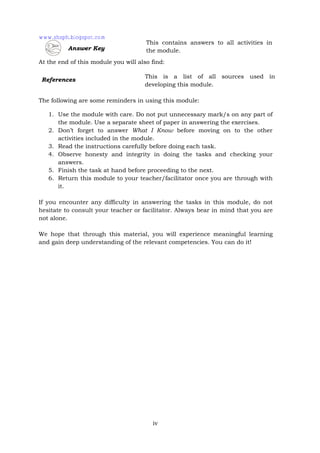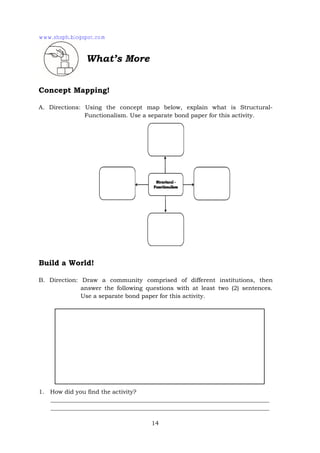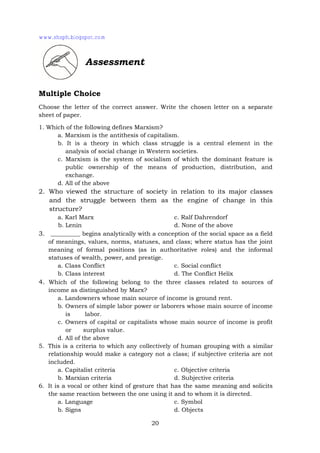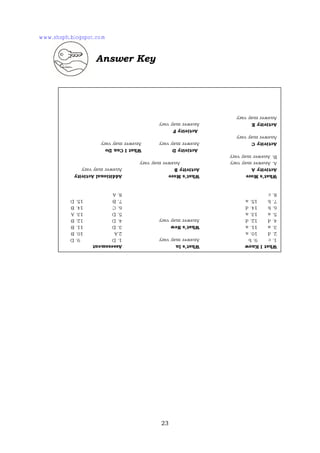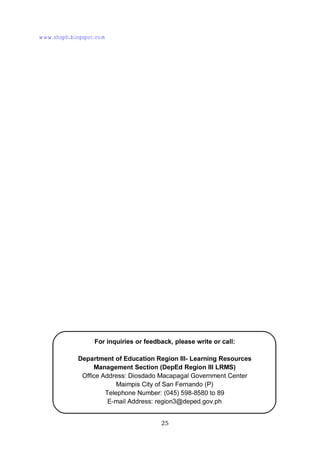Here are the key points about functionalism:
- It views society as a complex system whose parts work together to promote solidarity and stability.
- It focuses on how social institutions like the family, education system, religion serve functions in maintaining social order and the overall functioning of society.
- It believes that societies seek to maintain equilibrium and social integration through shared norms and values.
- Functionalists study how institutions like the family socialize members and transmit cultural values to the next generation.
- They see deviance and crime as inevitable in all societies and as playing a role in promoting social change. But too much deviance risks disrupting the social order.
So in summary, functionalism emphasizes how social





